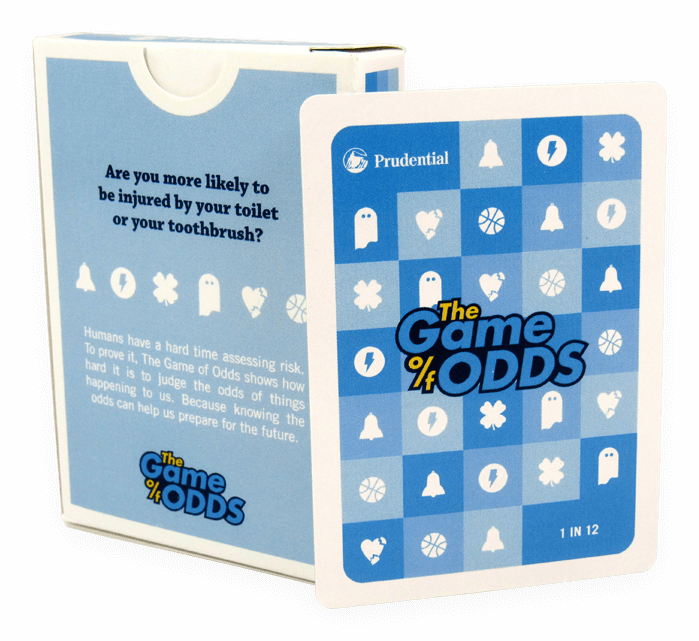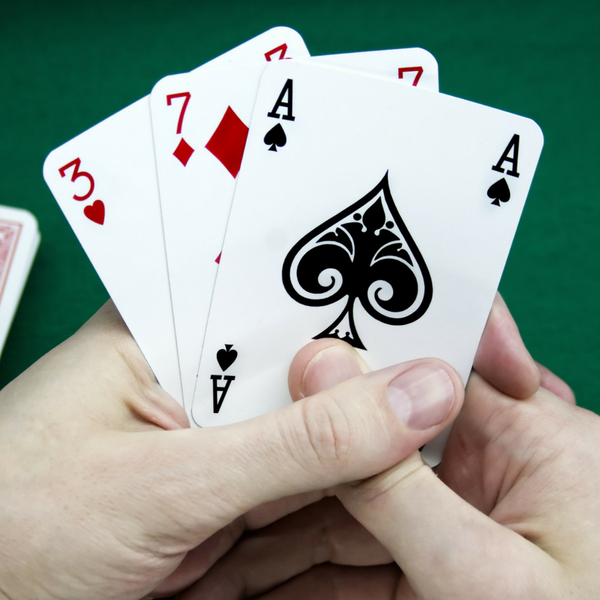
Popular Family Card Games
1. SPOONS
This family card game is played with a traditional 52-card deck and basic household silverware: spoons. To play an efficient game of Spoons, you must shuffle the playing cards before dealing to ensure an even playing field. This is a quick-paced game with a fair amount of bluffing for all players involved. Now, this is not a relaxed game in the slightest; your attention and focus will be torn in many directions. Your goal is to obtain four of a kind, meaning the faces must be the same but the suit doesn’t matter. In addition, you should also be looking out for missing spoons. If there’s a missing spoon, this means someone has already secured four of a kind. Now, here’s the fun, competitive part. If you do notice a missing spoon, then any of the remaining spoons are up for grabs even if you do not have four of a kind. Unfortunately, in every game, there has to be a loser. So, the player who does not pick up a spoon in time loses.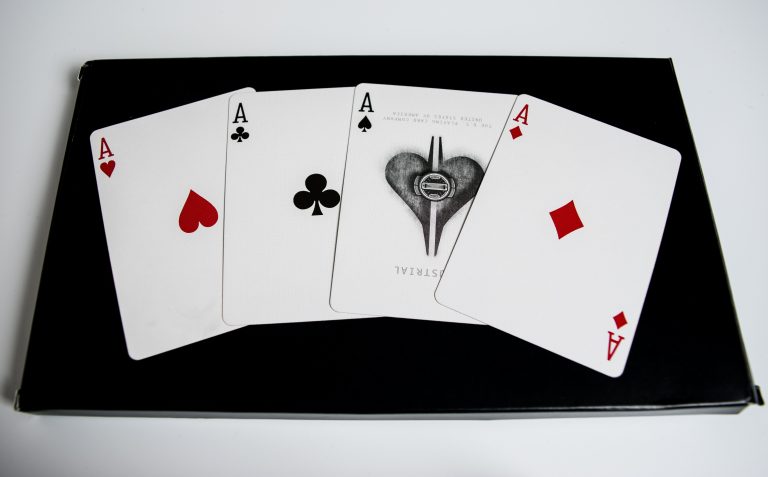
2. WAR
The card game War is played with a standard 52-card deck and requires two players. But don’t worry, War can still be played during your family game night. Rather than each round played by all family members, War can be played in a tournament-style fashion, where the winner of each round plays whoever is up next until someone finally wins. Now, how do you play? It’s important to thoroughly shuffle the deck in a way that will randomize the playing cards. Cut the deck in half, and deal each player 26 cards, one at a time, face down. Then, once all cards are dealt, both players reveal one of their cards. Whichever player has the highest card of the two will win that hand and collect both cards. Once there are no more cards to reveal, each player will count how many cards they have, and whoever has the most is the winner.What does it mean to have ‘War’?
- If both players reveal two cards of the same rank, then you have WAR.
- When this happens, each player will put one card face down and one card face up.
- Once revealed, the player who has the highest card takes both piles. If the cards happen to be the same rank again, then each player places one of their cards face down and flips one card face up.
- And, naturally, the player who has the highest card will collect all of the playing cards that were dealt during that round of War.
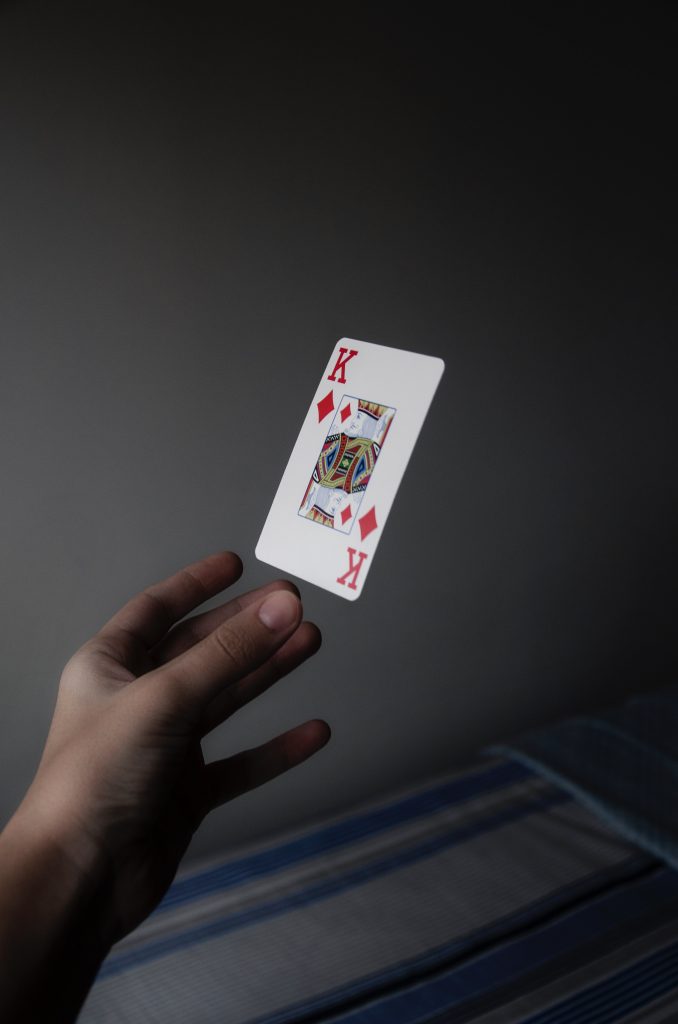
3. UNO
This shedding-type card game is one of the most well-known and commonly played games. Playing UNO reminds me of summer vacations spent with my grandma, where it became a family tradition to play the card game every night after dinner. There’s something truly special about a card game that can successfully entertain people of all ages, connecting both an 80-year-old and a 7-year-old (in my case). Invented in 1971, the first people to play Merle Robbins’ newfound game was his family. And with their stamp of approval, it soon turned into the classic family-friendly game we all know and love. But the game’s success and efficiency require proper dealing and shuffling in order to keep each game fresh and competitive. The shuffling procedure provides each player with an equal element of chance, creating a fun game that packs together the holy trinity: luck, surprise and betrayal.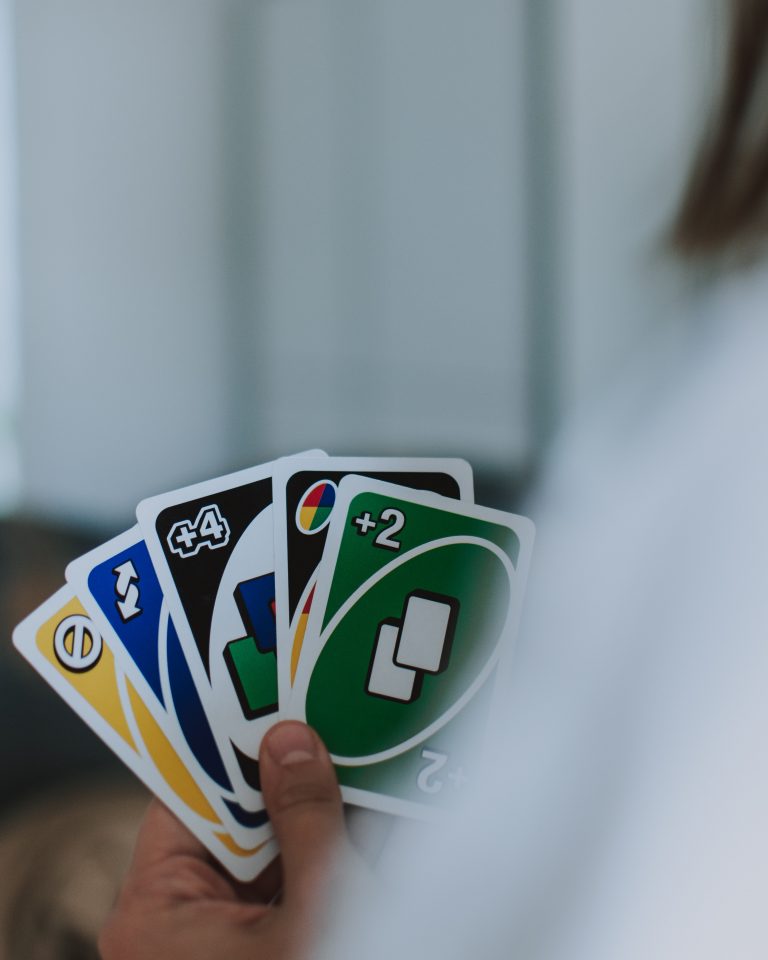 UNO: Common Family Card Game
UNO: Common Family Card Game4. HEDBANZ
Hedbanz is the perfect card game to include during your next family game night. This is a guessing game, where each player has a card on their forehead with a cartooned image of an animal, object or food. The goal is to guess “What Am I?”. A big rule is to only ask ‘yes’ or ‘no’ questions during your timed guessing turn. This kid-friendly card game can easily become your newfound family tradition.A Pack of Possibilities at Hand
Customized Card Game – Prudential Game of Odds Just like UNO, every single card game began as a customized project idea. When thinking about the most popular card games played today, such as Apples to Apples, Codenames, etc., your ideas can just as easily become the next big card game; the next family tradition. Unlock all of your creative ideas. Explore our options to produce your next project and request a quote today! ● Official Shuffled Ink website: ShuffledInk ● Make Your Own Custom Playing Cards at: ShuffledInk ● Make Your Own Custom Card Games at: ShuffledInkAbout Shuffled Ink
Shuffled Ink is a multigenerational family business that specializes in printing custom playing cards, tarot & flash cards, custom card games, packaging and more for businesses and individuals worldwide.
To receive complimentary samples of our card products, either follow this link or please include your delivery address and phone number on your custom quote request form.
